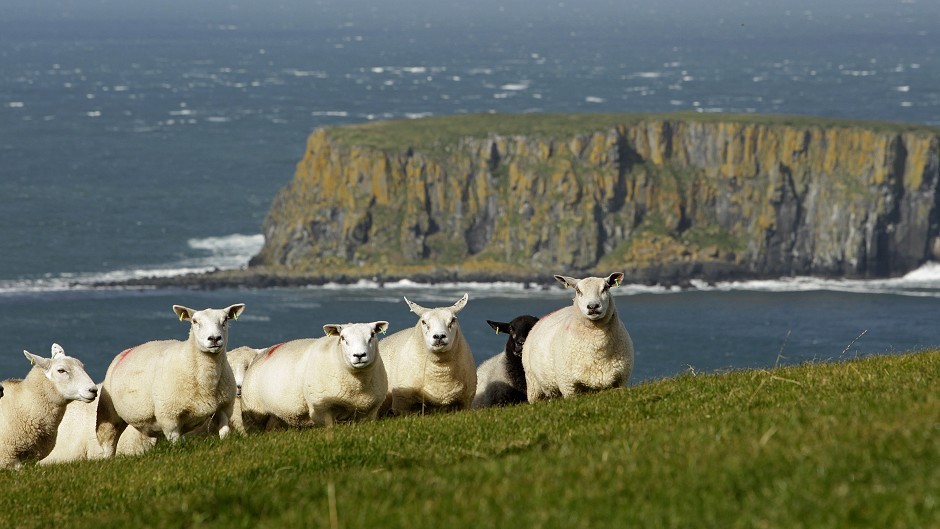NFU Scotland has urged the Scottish Government to adopt all the flexibility rules available to it when implementing the new Common Agricultural Policy (Cap).
President Nigel Miller said there was a fear among farmers that the complexities of implementing the various elements of the new Cap – including greening, coupling and a National Reserve – would overwhelm the simplification agenda of the new regime.
“Scotland has the ability to adopt positive initiatives to help mitigate those fears,” said Mr Miller at the Royal Highland Show.
“Many Scottish farmers already live in dread of breaching existing European rules on land eligibility and have to undertake complex mapping to accurately identify and remove ineligible features such as scree, stands of trees, wetlands, ponds and impenetrable stands of gorse or bracken from their Single Farm Payment applications.”
He said one solution, which Europe has since given Scotland the chance to use, was a coefficient principle whereby Rough Grazing Region parcels of land which contain 90% or more eligible land can be fully claimed against in their entirety without complex mapping.
“We have a 10% threshold – for many farmers that’s a real lifeline and it’s probably a lifeline for the department too.”
The union has also urged the European Commission to adopt proposals to change the existing farm inspections system, which would see a move away from the standard 3% penalty for breaches.
“The European Parliament has suggested a reduced penalty or a warning letter on a first offence. This is a good starting point,” added Mr Miller.
“However, to build on that, a new penalty matrix should be developed to differentiate non-compliances and attach appropriate and proportionate penalties to those non-compliances based on the impact.”
